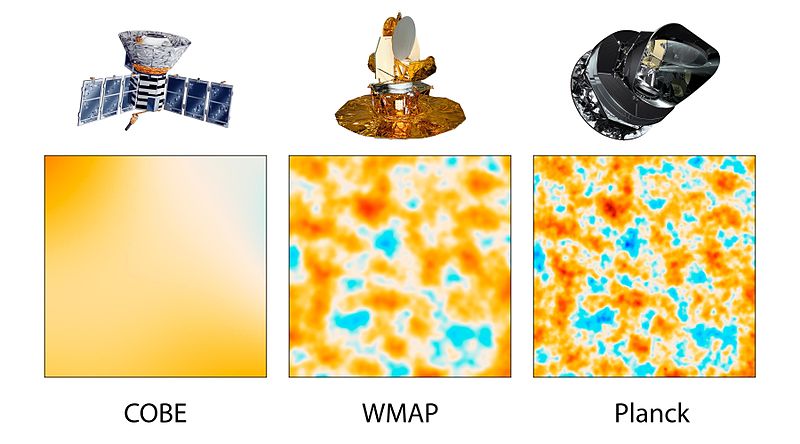Usòrò:PIA16874-CobeWmapPlanckComparison-20130321.jpg

Otu nyochaa a ha:800 × 444 piksels Ndị ọzọ mkpebi:320 × 178 piksels | 640 × 356 piksels | 1,024 × 569 piksels | 1,280 × 711 piksels | 3,600 × 2,000 piksels.
Failụ si na nke mbu (3,600 × 2,000 pixel, ívù akwukwo orunótu: 429 KB, MIME nke: image/jpeg)
Ịta nke usòrò
Bìri èhì/ogè k'ị hụ òtù ụ̀fa dị̀ m̀gbè ahụ̀.
| Èhì/Ogè | Mbọ-aka | Ógólógó na asaá | Òjìème | Nkwute | |
|---|---|---|---|---|---|
| dị ùgbu â | 00:48, 23 Maachị 2013 |  | 3,600 × 2,000 (429 KB) | Nagualdesign | White background. I tried to upload this as a derivative file but Derivative FX kept hanging. (IE9 user.) |
| 02:31, 22 Maachị 2013 |  | 3,600 × 2,000 (421 KB) | Drbogdan | User created page with UploadWizard |
Ojiji faịlụ
Ihe ndị na-eso ihe eji Ihu akwụkwọ eme na faịlụ a:
Ejiji failụ zụrụ ọha
Wikis ndi a edeputara na eji kwa failụ a:
- Ihe eji na ar.wikipedia.org
- Ihe eji na de.wikipedia.org
- Ihe eji na el.wikipedia.org
- Ihe eji na en.wikipedia.org
- Ihe eji na es.wikipedia.org
- Ihe eji na eu.wikipedia.org
- Ihe eji na fi.wikipedia.org
- Ihe eji na fr.wikipedia.org
- Ihe eji na he.wikipedia.org
- Ihe eji na id.wikipedia.org
- Ihe eji na it.wikipedia.org
- Ihe eji na ko.wikipedia.org
- Ihe eji na nl.wikipedia.org
- Ihe eji na pl.wikipedia.org
- Ihe eji na pt.wikipedia.org
- Ihe eji na ru.wikipedia.org
- Ihe eji na ru.wikinews.org
- Ihe eji na sl.wikipedia.org
- Ihe eji na sr.wikipedia.org
- Ihe eji na sv.wikipedia.org
- Ihe eji na uk.wikipedia.org
- Ihe eji na vi.wikipedia.org
- Ihe eji na zh.wikipedia.org


